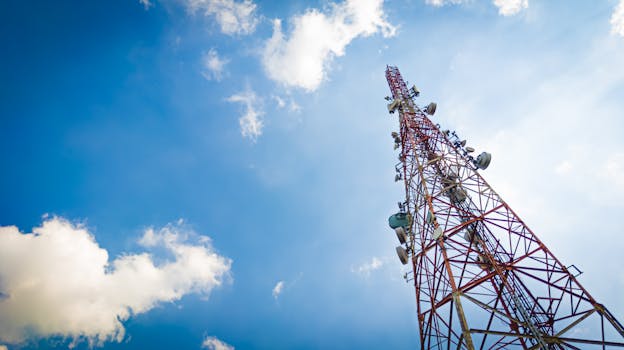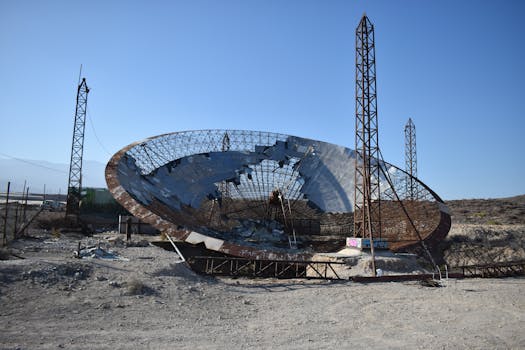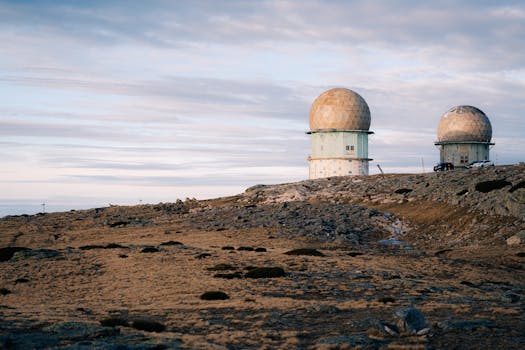
Satellites as Sentries: Advanced Technologies for Global Communication and Surveillance
Satellites as Sentries: Advanced Technologies for Global Communication and Surveillance have revolutionized the way we communicate and monitor our surroundings. With the advent of advanced technologies, satellites have become an essential part of our daily lives, enabling real-time monitoring and data transmission across the globe. In this article, we will delve into the world of satellites and explore their role in global communication and surveillance.
Satellites have been in use for several decades, but it wasn’t until the launch of the first commercial satellite, Intelsat 1, in 1965 that they began to play a significant role in global communication. Since then, satellites have become an integral part of modern communication systems, enabling the transmission of data, voice, and video signals across the globe. Today, satellites are used in a wide range of applications, including telecommunications, navigation, weather forecasting, and Earth observation.
Advanced Technologies in Satellite Communication

Recent advances in technology have enabled the development of more sophisticated satellites with enhanced capabilities. One of the key advancements is the use of high-throughput satellites (HTS), which can transmit large amounts of data at high speeds. HTS satellites use multiple spot beams to cover a wide area, enabling the transmission of data at speeds of up to 100 Gbps. This has enabled the widespread adoption of satellite-based broadband services, particularly in remote and underserved areas.
Another significant advancement is the use of satellite constellations, which involve the deployment of multiple satellites in a single orbit. Satellite constellations enable the provision of global coverage, with each satellite providing coverage to a specific region. This has enabled the development of global communication systems, such as the Iridium and Globalstar networks, which provide voice and data services to users across the globe.
Satellites in Surveillance and Monitoring

Satellites are also playing an increasingly important role in surveillance and monitoring applications. With the use of advanced sensors and imaging technologies, satellites can provide high-resolution images of the Earth’s surface, enabling the monitoring of environmental changes, tracking of natural disasters, and detection of human activities. Satellites are also used in military and defense applications, providing critical intelligence and surveillance capabilities.
The use of satellites in surveillance and monitoring has also raised concerns about privacy and security. With the increasing use of satellites in surveillance applications, there is a growing need for robust security measures to protect against unauthorized access and data breaches. This has led to the development of advanced encryption technologies and secure communication protocols, which enable the secure transmission of sensitive data via satellite.
Conclusion

In conclusion, satellites have become an essential part of modern communication and surveillance systems, with advanced technologies enabling real-time monitoring and data transmission across the globe. As the demand for global communication and surveillance continues to grow, the use of satellites is likely to become even more widespread. With ongoing advancements in technology, we can expect to see even more sophisticated satellites with enhanced capabilities, enabling new applications and services that will transform the way we live and work.
See more:
